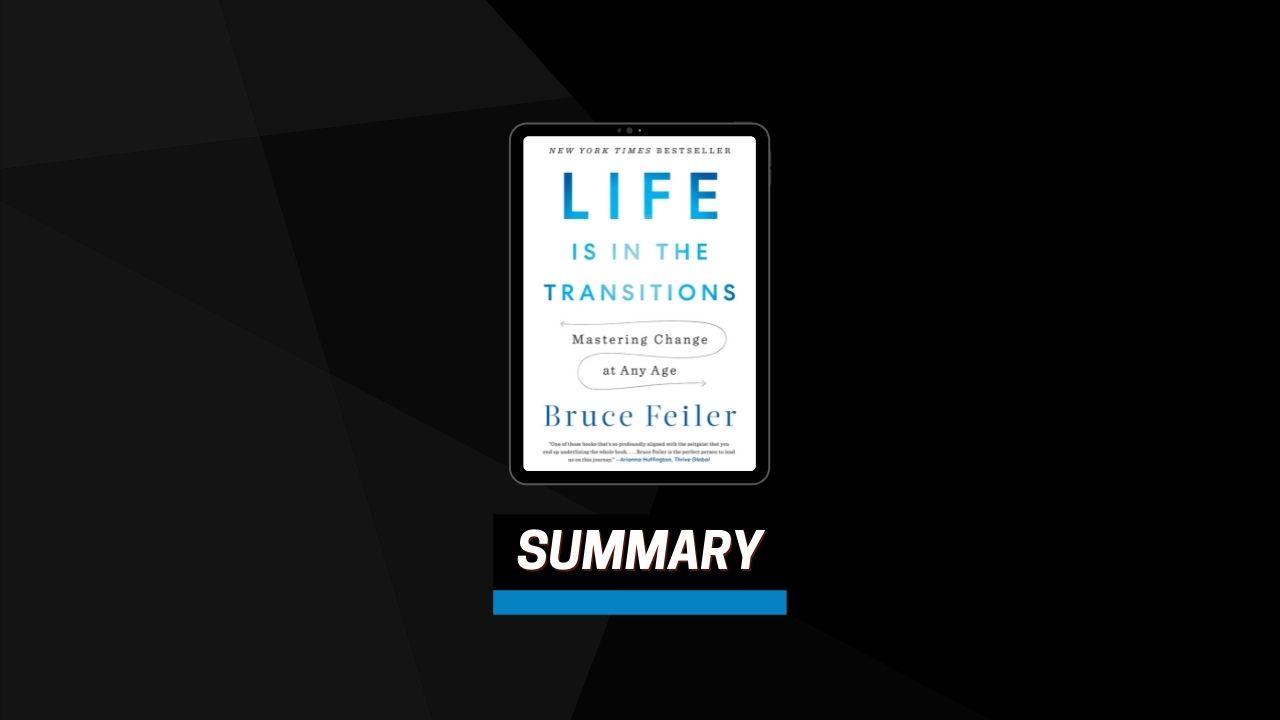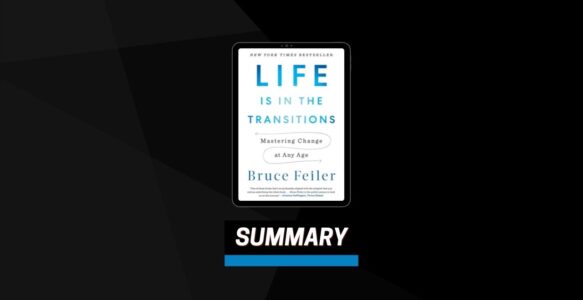Farewell to the Linear Life & Embracing the Nonlinear Life
Primed to expect that our lives will follow a predictable path, we’re thrown when they don’t. We have linear expectations but nonlinear realities. Even people who are linear in one area (a stable career, say, or long-running marriage) are nonlinear in others (recurrent health problems or frequent changes in their religious identity).
Living life out of order means different things to different people. The good news of living life out of order is that we’re freed from the shackles of expectations, whether they come from our parents, our neighbors, or ourselves. The should train has slowed. Each of us can make our choices and decide what brings us peace.
The bad news is that it can be more difficult. Faced with limitless choice, we choose none. We get writer’s block trying to write our own story. The difference between success and failure—between a life of fulfillment and a life of frustration—is how well you manage the challenge of making meaning in your life. Fortunately, there’s a growing body of know-how to make that process easier.
Life Transition Toolkit
There are seven groupings of tools for navigating life transitions. Collectively they form the transition tool kit.
The seven tools are:
- Accept It: Identify Your Emotions
- Mark It: Ritualize the Change
- Shed It: Give Up Old Mind-Sets
- Create It: Try New Things
- Share It: Seek Wisdom from Others
- Launch It: Unveil Your New Self
- Tell It: Compose a Fresh Story
#1 Accept It
Identify Your Emotions
From shame to sadness to fear, from overcoming your resistance to embracing the brutal facts of your situation, the first tool of transitions is to identify the circumstances you’re in and accept the emotions that come with this new state. The next tool may seem even harder to master, yet it’s the one approach people seem to crave more than any other.
#2 Mark It
Ritualize the Change
One unavoidable consequence of the nonlinear life is that life is, well, nonlinear. That means it’s unstructured, impermanent, volatile, variable. That kind of freedom can be great when you’re feeling stuck or unhappy, overwhelmed or beaten down. You can simply pull back, pivot, and reboot.
But sometimes, especially when you’re in the midst of some massive life change, that kind of fluidity can be downright overwhelming. Enough with all this unpredictability; give me something concrete to hold on to! When that happens, people turn out to have a remarkable ability to generate their own concrete. They invent novel techniques to calm themselves down, assemble keepsakes to remind them of what’s lost, hold ceremonies to mourn the past.
They create rituals.
#3 Shed It
Give Up Old Mind-Sets
It’s called the messy middle because it’s messy. It’s disorientating, disheartening, liberating for some, infuriating for others. Habits we’ve been attached to forever collapse; identities we’ve cultivated for years melt away. Personal stories we thought we’d be telling for a lifetime come to an abrupt end.
Now what?
People do two overriding things in this critical period of a life transition. They don’t necessarily do these in order, they don’t do them quickly or even consciously. But they do do them.
First, they shed things: mind-sets, routines, ways of being, delusions, dreams.
Second, they create things: new attitudes, aptitudes, skills, talents, means of expression.
#4 Create It
Try New Things
A lot of going through a life transition can feel like a slog. There’s accepting the uncertain situation, ritualizing your change in status, shedding your old impulses. But somewhere along the way, something unexpected happens: The process starts to get inventive, imaginative, even buoyant. You experiment with a fresh diversion; you pick up a long-forgotten interest; you start to revisit your story.
You try. Something. Anything. In a way that didn’t seem possible even a few days earlier. A remarkable number of people described how at this otherwise dreary juncture—at the bottom of their massive life shift—they turn to creativity. And not just creativity in the abstract sense of a fresh approach to a familiar problem, but in the actual sense of creating something new. They start to dance, cook, sing, paint; they write poems, letters, thank-you notes, diary entries; they pick up banjos, tap shoes, juggling balls, garden shears.
At the moment of greatest chaos, they respond with creation.
#5 Share It
Seek Wisdom from Others
It’s sharing your story with others. It’s connecting with a friend, a loved one, a colleague, a stranger, a co-sufferer, a neighbor, or a mentor, and receiving, at exactly the moment you need it most, the feedback you most need.
Each of us appears to have a phenotype of feedback just as we have a default way of structuring our time or making meaning in our lives. We like being consoled, pushed, inspired, called out, or, for some of us, even provoked. Whatever the type of advice we crave, the role it serves in our transition is the same.
We need help.
#6 Launch It
Unveil Your New Self
One day it just happens. A tinge of normalcy appears, a glimmer of light, an inhale that need not pass a clenched jaw, an exhale that doesn’t end in a sigh. The past no longer casts such a long shadow; the future begins to come into view. Even when this moment comes early in the transition, before a person says their full goodbyes or fully weathers the mess, the symbolic importance is still the same.
It’s time to launch fresh projects, share your work, celebrate your progress.
Unveil your new self.
#7 Tell It
It’s the one essential act of surviving a major life change, yet it’s the one we spend the least amount of time talking about. It’s updating your personal story.
Stories inspire us. They give us purpose, focus, and cause. They make us more human, and more humane. And yet, for whatever reason, we’ve pulled back from this oldest of pastimes. It’s easy to think we live in a moment when TELL YOUR STORY is flashing in bright-colored lights all around us. Yet other than carefully curated snippets—the passing social media post, the fleeting holiday card—we actually don’t do it very often. Certainly not in a way that’s comprehensive, reflective, vulnerable, and meaning-making. We have become a generation of unstorytellers, which is one reason we’re a generation of malcontents.
We need to return to the campfire.
And we can. It’s as simple as saying to someone, Tell me the story of your life. And when they’re finished, say, I’d like to tell you mine.
Whatever happens next, both of you will emerge with a story to tell of your encounter—and a new, meaningful experience you share.


